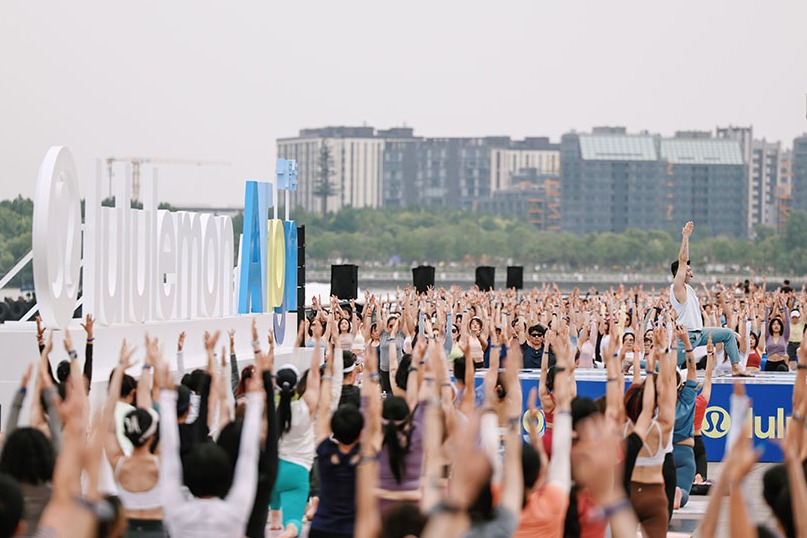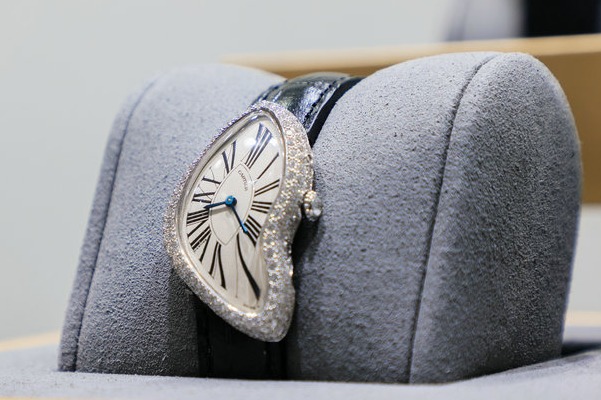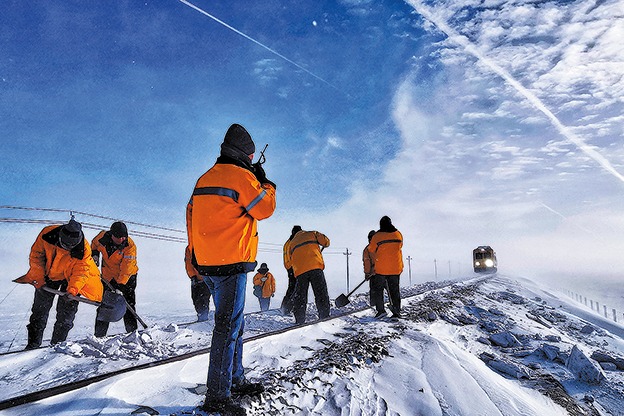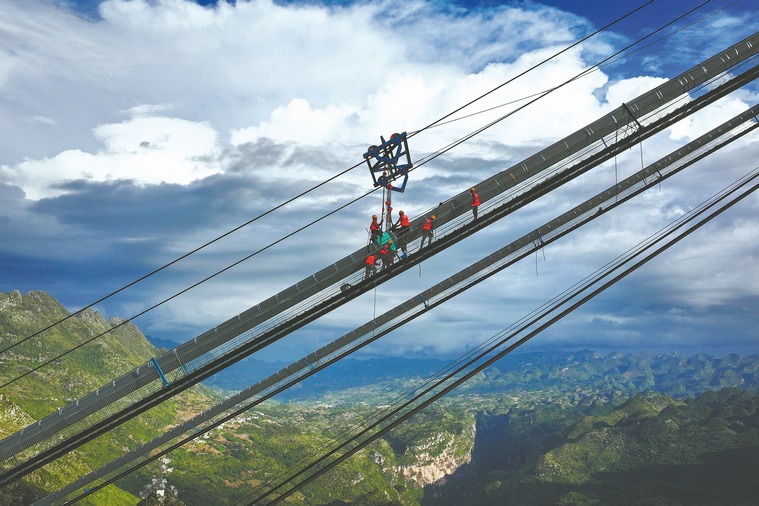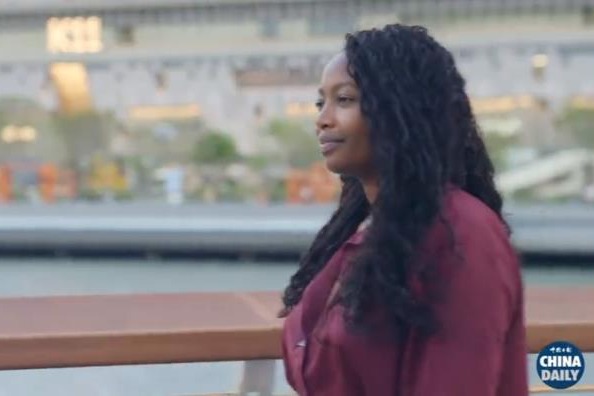A touching development
Researcher works on devices that will make a real impression on distant loved ones, Yang Feiyue reports.


Transmitting sensations of touch from one location to another requires ultra-low latency and ultra-high reliability.
"The current internet mainly supports the transmission of visual and audio media. For tactile internet to work, we need to reduce latency and increase precision so that there is no perceptible lag," Hou explains.
"This is because human touch is more sensitive to delay than our eyes and ears."
For visual and audio transmissions, eyes and ears can tolerate a delay of around 100 milliseconds, but for touch, it requires much less-no more than 1 ms of delay-he adds.
"To use human biology as an example, if a human hand touches something, there is no perceptible lag in the sensation being transmitted to the brain, which means that it feels instantaneous," he says, adding the tactile internet needs to mimic that imperceptible delay accurately.
Although 5G technology provides ultra-reliable low-latency communication for radio access networks, for long-distance communication of tactile internet, the major bottleneck is the speed of light. Nothing can exceed this.
"In a single millisecond, light or radio frequency signals can travel 200 kilometers over optic fiber or 300 kilometers by radio wave. This means that if the communication distance is larger than 300 kilometers, the propagation delay of radio frequency signals alone will be much larger than the 1 ms threshold required," he says.
To reduce the delay experienced by users of the tactile internet, Hou proposed predicting the future state of the user (including force, trajectories and velocity) by using artificial intelligence, and send the predicted state to the receiver in advance.
In this way, the delay experienced by users can be further reduced.
"While we hope my parents will be able to meet their grandson soon, in the future we hope our research can contribute to a viable tactile internet that will allow families to hug and colleagues to shake hands while geographically separated," Hou says.


















